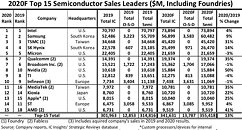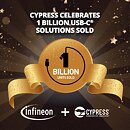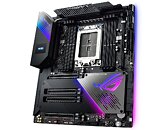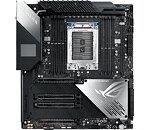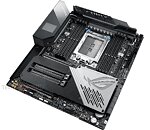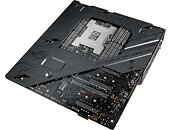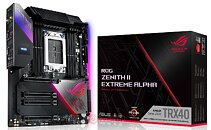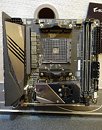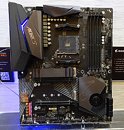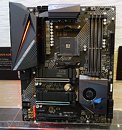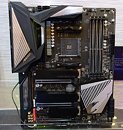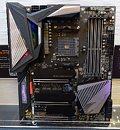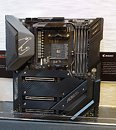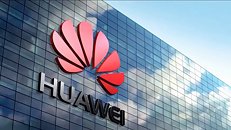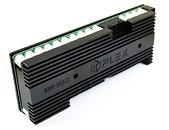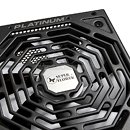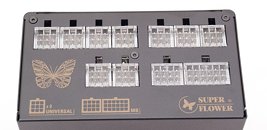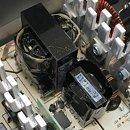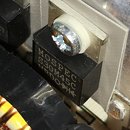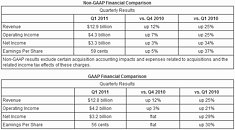Five Leading Semiconductor Industry Players Incorporate New Company, Quintauris, to Drive RISC-V Ecosystem Forward
Semiconductor industry players Robert Bosch GmbH, Infineon Technologies AG, Nordic Semiconductor ASA, NXP Semiconductors, and Qualcomm Technologies, Inc., have formally established Quintauris GmbH. Headquartered in Munich, Germany, the company aims to advance the adoption of RISC-V globally by enabling next-generation hardware development.
The formation of Quintauris was formally announced in August, with the aim to be a single source to enable compatible RISC-V-based products, provide reference architectures, and help establish solutions to be widely used across various industries. The initial application focus will be automotive, but with an eventual expansion to include mobile and IoT.
The formation of Quintauris was formally announced in August, with the aim to be a single source to enable compatible RISC-V-based products, provide reference architectures, and help establish solutions to be widely used across various industries. The initial application focus will be automotive, but with an eventual expansion to include mobile and IoT.



















